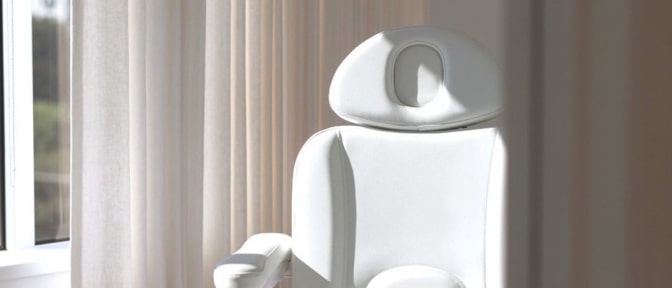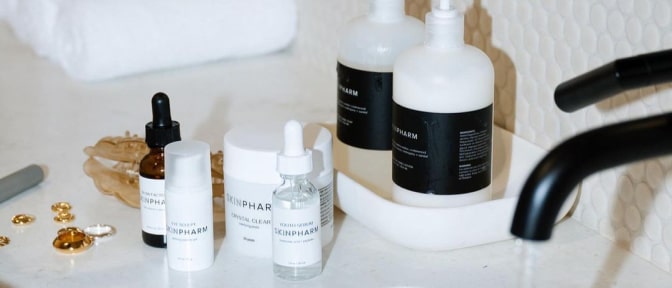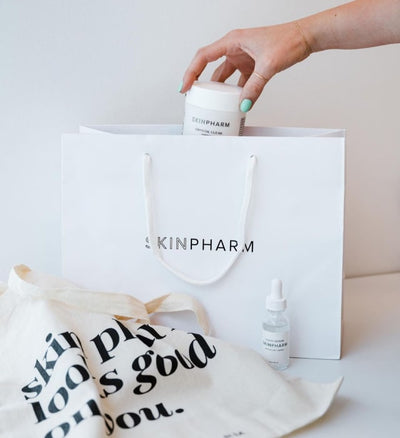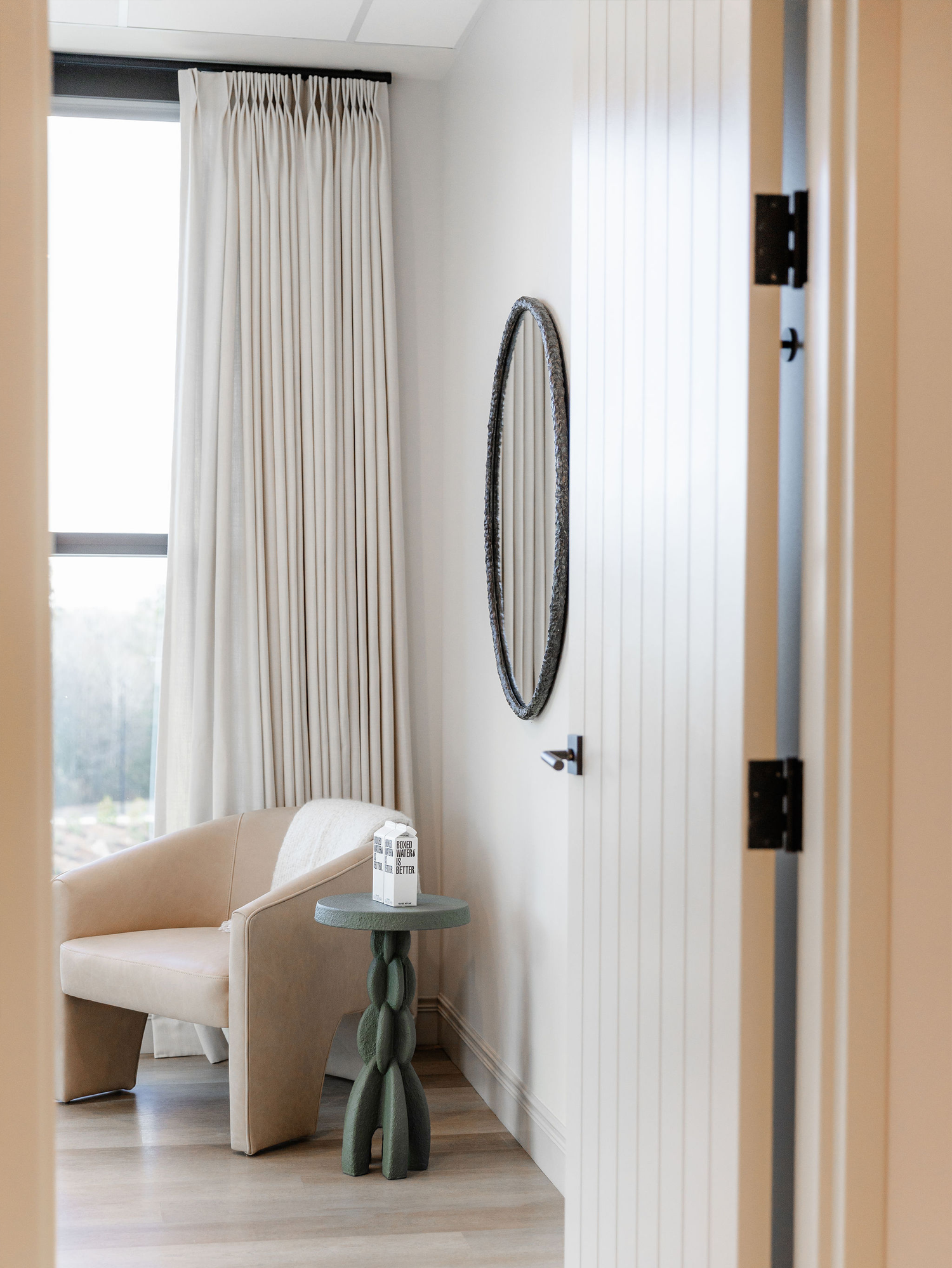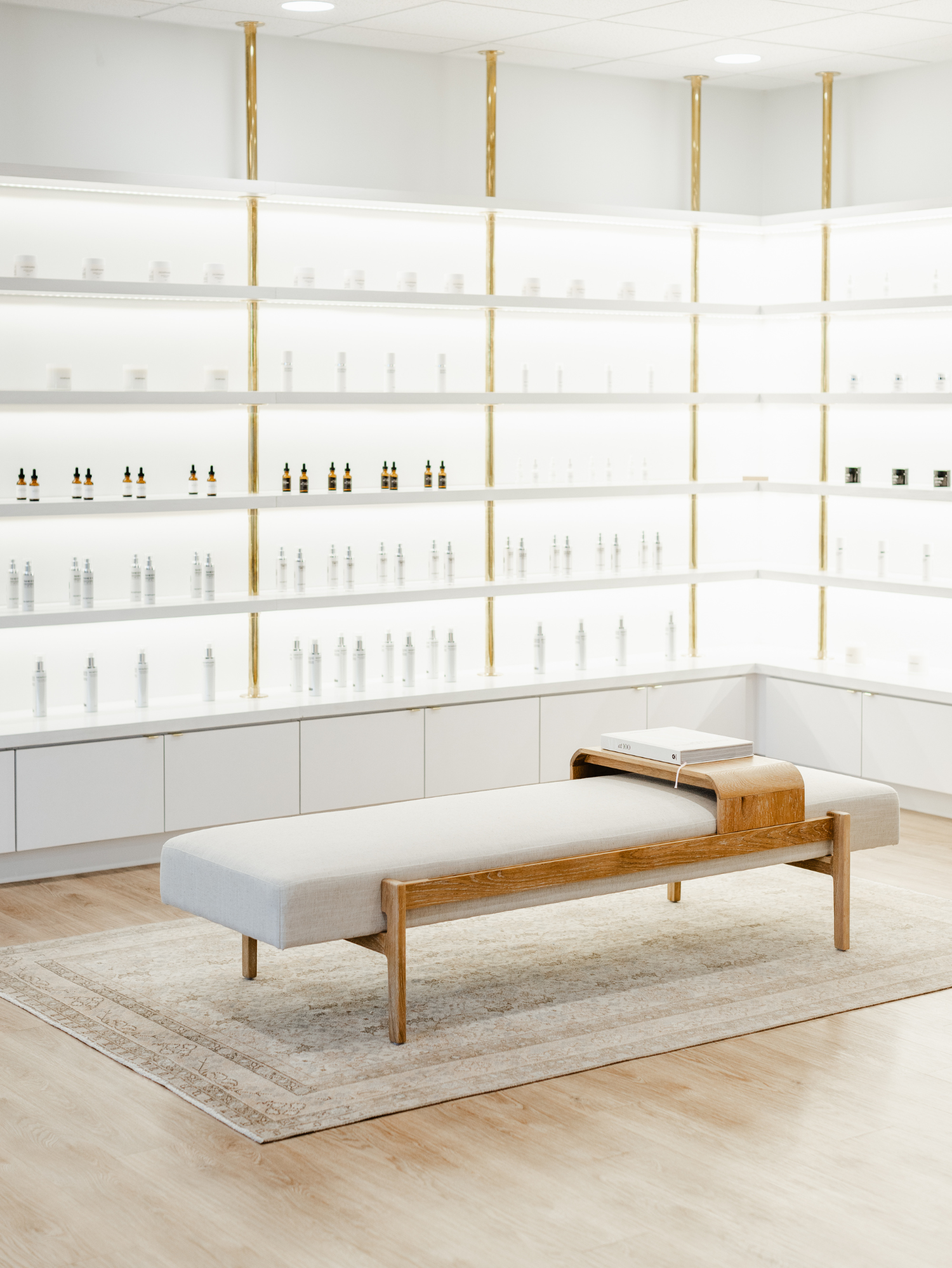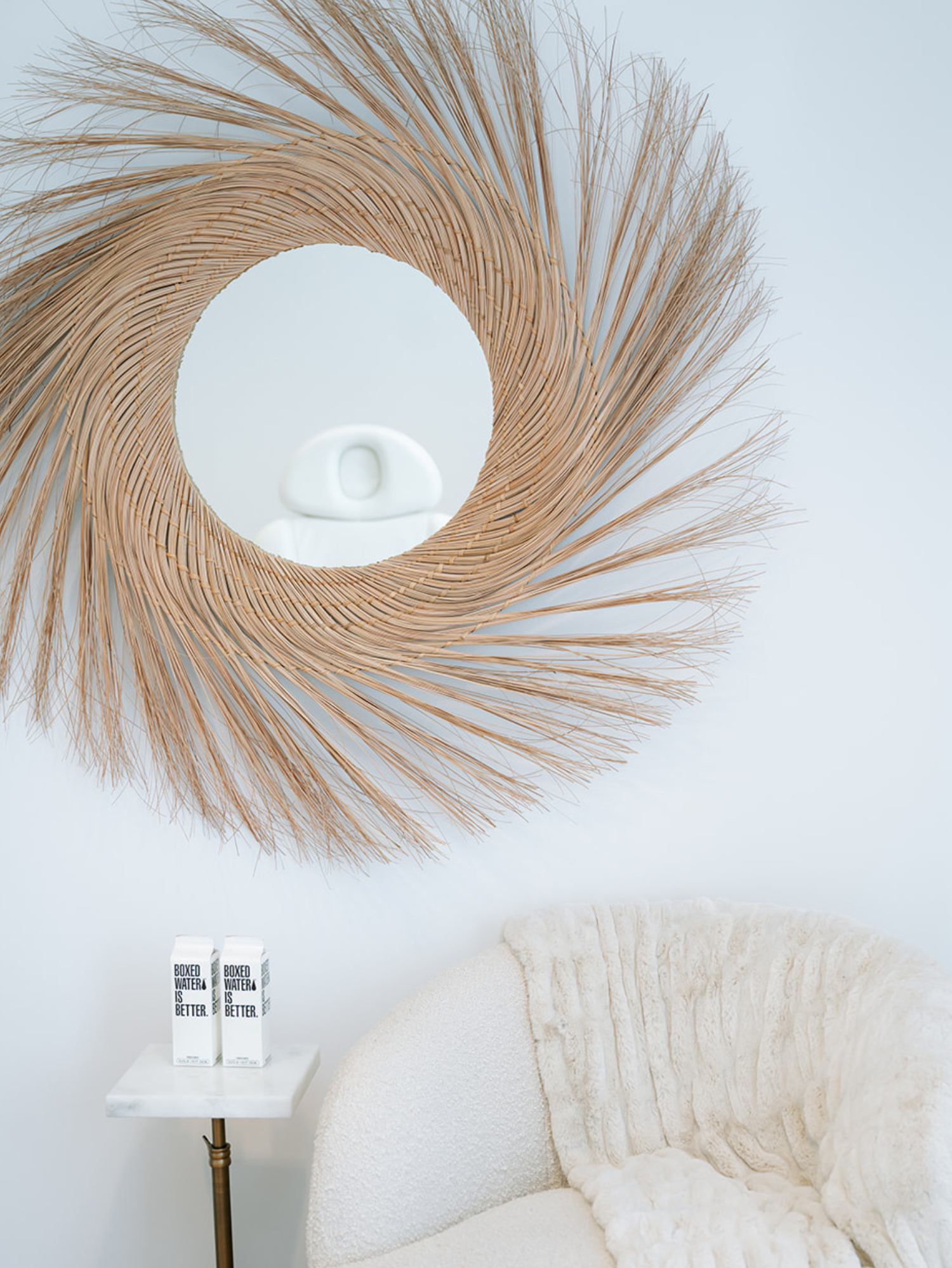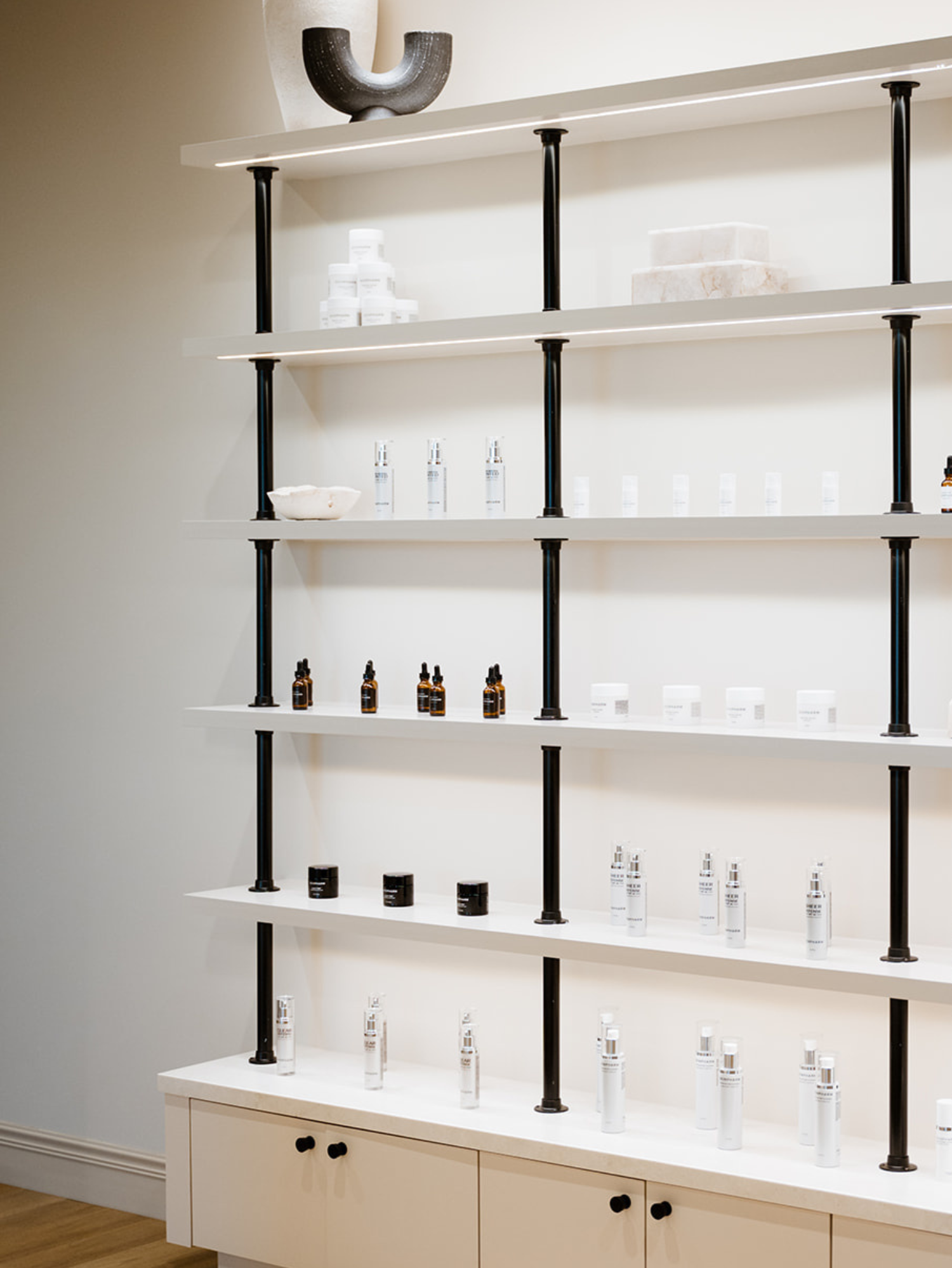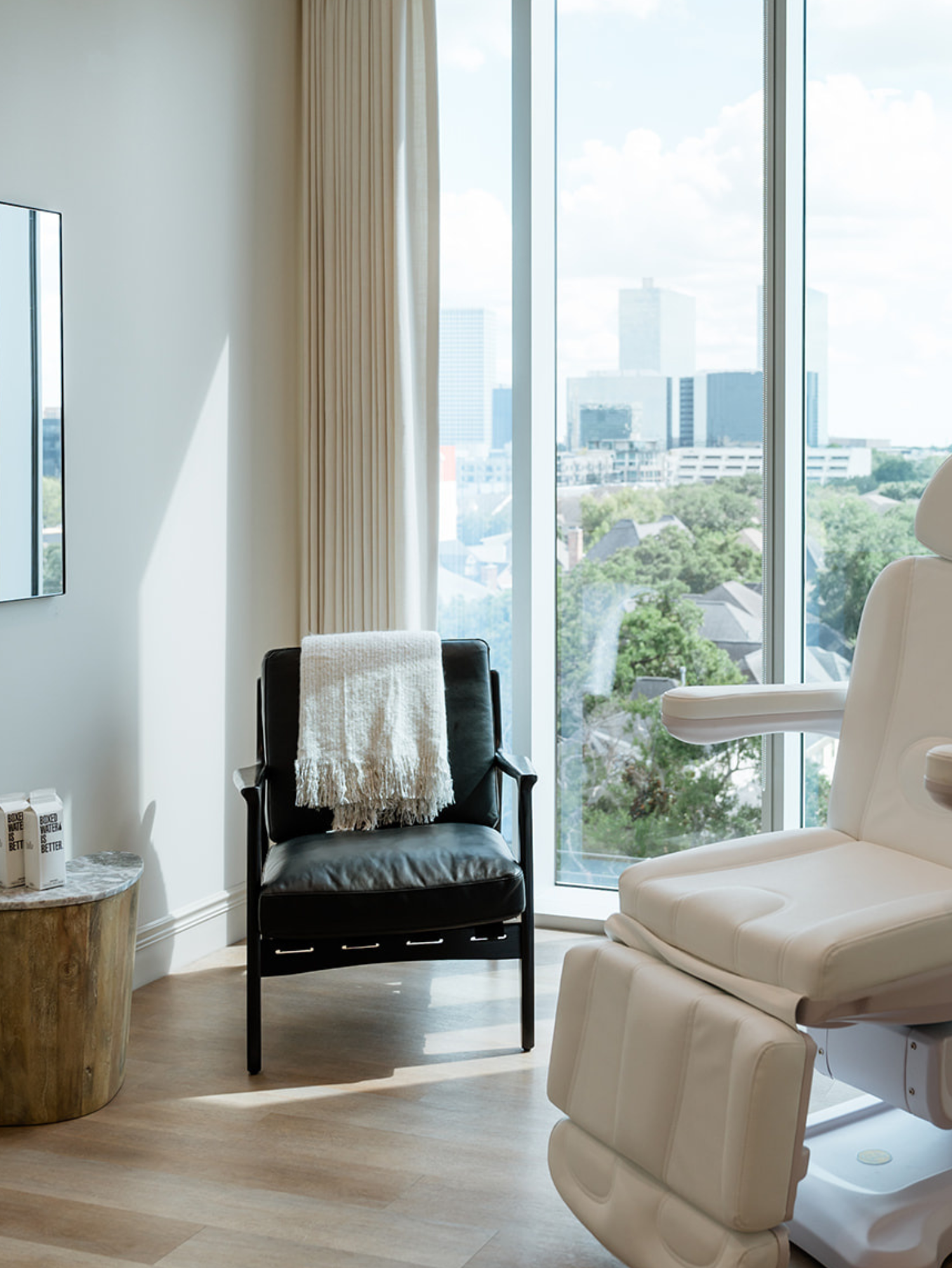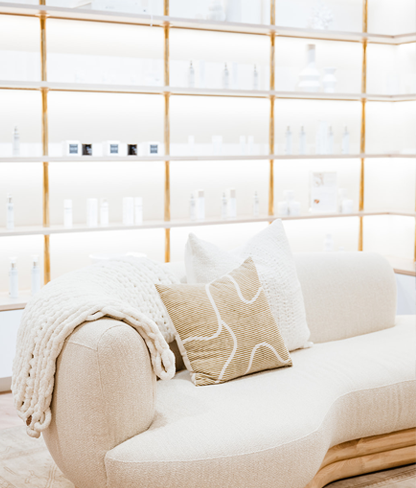Shop skin care
Clinics
VISIT OUR 9 CLINICS →
HOURS
Monday – Friday
9:30a – 5:30p
How to Get Rid of Blackheads in 6 Ways

We all deal with stubborn blackheads from time to time.
While there's no single solution to keep them at bay, the right skin care routine can help minimize blemishes like blackheads and restore smooth, clear skin.
If you’re wondering how to get rid of blackheads, embrace a holistic approach — we’ll show you how.
What are blackheads?
When learning how to get rid of blackheads, it’s important to consider the underlying causes. Depending on the cause of your blackheads, you may want to use different skin care ingredients.
Blackheads are just one form of blemish. Like most types of blemishes, blackheads form when a hair follicle attached to a sebaceous gland gets irritated or clogged. This can occur due to the buildup of sebum, dead skin cells or bacteria.
Comedones, or blemishes, can be “open” or “closed.” Closed comedones, like whiteheads, are blemishes with follicles that are completely closed off to the outside of the skin. Blackheads are considered open comedones, meaning the follicle is exposed to the air.
How can you address blackheads?
Luckily, you don’t have to make friends with your blackheads. Read on for our top tips on how to use skin care to address your blackheads and restore an even complexion.
1. Don’t skip the face wash
Washing your face can help both address and prevent blackheads by removing impurities and buildup from the skin’s surface. This way, there’s less debris to clog your pores.
Consider your skin type when choosing a face wash. For instance, our Papaya Enzyme Cleanser is an excellent choice for all skin types, especially those with oily or breakout-prone skin.
2. Use salicylic acid
Salicylic acid is a beta-hydroxy acid (BHA) that is often used in over-the-counter blackhead-fighting products. It’s applied topically to remove dead skin cell buildup, minimizing clogged pores and dissolving impurities.
It can help keep the skin’s surface as clear as possible, making it easier for the skin to cleanse itself of impurities. You can find salicylic acid in many different types of skin care products, such as cleansers, spot treatments, facial lotions, face masks and more.
Salicylic acid is also a common ingredient of many chemical peels — but you should always get chemical peels from a licensed provider. While at-home peels can be effective, they contain much lower concentrations of active ingredients than clinical peels.
Other similar ingredients include alpha-hydroxy acids (AHAs) like glycolic acid and lactic acid, as well as other chemicals like benzoyl peroxide. However, many of these products can be tricky for people with sensitive skin, so it’s important to start slowly and work your way up to nightly use.
3. Talk to your provider about prescription treatments
Sometimes it takes a more potent product to eliminate stubborn blackheads. These prescription blackhead treatments may also include topical ingredients like azelaic acid, dapsone, adapalene and retinoids — like tretinoin or retinol — which can help clear dead skin cells from the pores.
With stronger medications, especially chemical exfoliants, there is also an increased risk of sensitivity as your skin adjusts.
Some of these products can also cause your skin to “purge,” which is an uncomfortable stage where you may experience an increase in blemishes before your skin improves. The purging stage can last for four to six weeks, so it’s important to follow your provider’s advice on how to manage it best.
4. Try microneedling with PRP
Microneedling, especially when combined with platelet-rich plasma (PRP), is another effective option to help remove blackheads. Microneedling involves making controlled micro punctures to the skin, stimulating the skin to support collagen production in those areas.
This can help minimize the appearance of scarring, fine lines and wrinkles and leave the skin looking firm and radiant. It can also help clear up skin congestion, opening up the pores and supporting skin cell turnover.
Microneedling is also reasonably quick to heal from, although some people may experience redness, sensitivity and peeling for a few days afterward.
Planning well can help with this. For instance, scheduling your appointment a week or so out from any important events, using sunscreen to protect your skin while it heals and skipping the gym for a few days can minimize these side effects.
5. Use moisturizer
A common mistake many people make trying to treat blackheads is skipping moisturizer. Those with a naturally oily skin type sometimes assume that moisturizing will clog their pores — but skipping this step can actually increase oil production.
The skin sometimes increases the amount of oil it makes as a response to overly dry skin. Using moisturizers that work well with oily skin can help regulate oil production.
Look for oil-free products labeled as “non-comedogenic,” meaning they are specifically formulated not to clog pores.
6. Skip the pore strips and extractors
There are plenty of skin care products out there, and many of them may look like promising solutions if you’re at your wit’s end with blackheads. But as tempting as DIY pore strips and wire extractors may seem, we’d encourage you to skip them in favor of expert-recommended solutions.
Many of these blackhead removal products are less effective than they appear, and using them wrong can increase the risk of dark spots and scarring. Stick with blemish treatments recommended by a skin care provider to keep your appearance as flawless as possible. And remember — never pop your pimples (especially not with your bare hands).
The bottom line...
Want to learn how to get rid of blackheads? While we wish there were a single product or treatment that could help eliminate these blemishes, it takes a multifaceted approach to get your skin to an optimal state of health.
Combining the right skin care products with supportive treatments is generally the way to go, and our professional skin care providers are here to help you find what works best for your specific skin concerns. To get started, take our skin quiz and get connected with one of our providers.
SOURCES:
